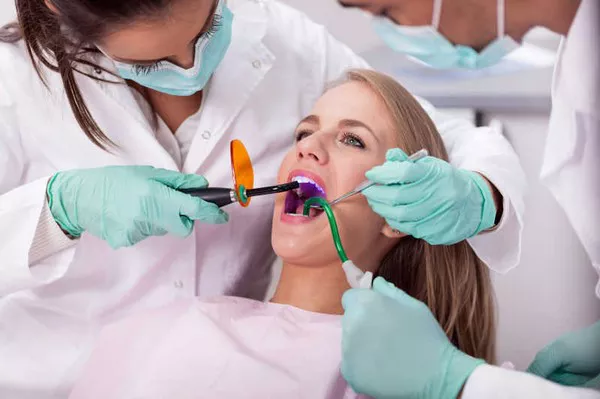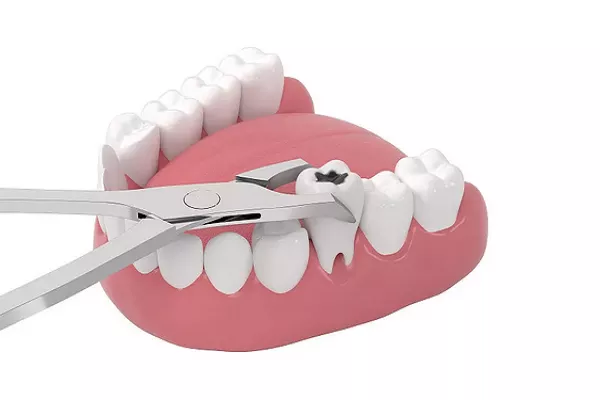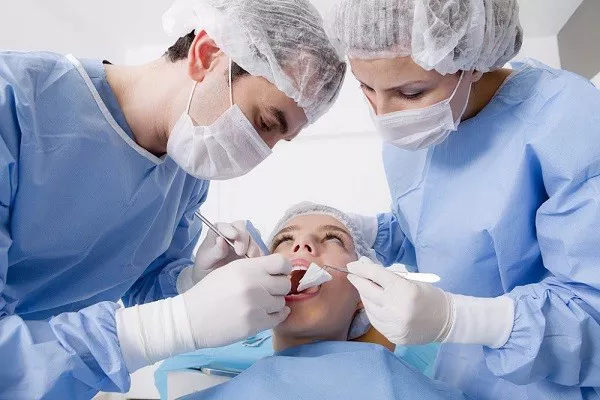Wearing clear aligners is a popular and effective method for straightening teeth and achieving a confident smile. However, some individuals may experience an unpleasant odor emanating from their aligners, which can be both embarrassing and concerning. While this issue is not uncommon, understanding why aligners can develop a bad smell and how to address it is essential for maintaining oral hygiene and comfort during your orthodontic treatment journey. In this article, we delve into the reasons behind the odor, discuss potential contributing factors, and offer effective solutions to keep your aligners smelling fresh.
Why Aligners Can Develop a Bad Smell
The development of a bad odor in clear aligners can be attributed to various factors, including oral hygiene practices, bacteria accumulation, and the nature of the aligner material itself.
Oral Bacteria:
Our mouths naturally contain bacteria, some of which produce sulfur compounds responsible for unpleasant odors. These bacteria can accumulate on aligners and contribute to the smell.
Food Particles:
Food particles can get trapped between your aligners and teeth, providing a breeding ground for bacteria. The breakdown of food particles can lead to odor development.
Saliva:
Saliva can get trapped between the aligners and teeth, especially if you’re not careful with oral hygiene. Bacteria present in saliva can contribute to the smell.
Inadequate Cleaning:
If you don’t clean your aligners properly or frequently, bacteria and debris can accumulate, leading to odor.
Aligner Material:
Clear aligners are often made from a plastic material that can absorb odors over time.
Bacterial Growth:
Bacteria can thrive in warm and moist environments, and the mouth provides an ideal setting for bacterial growth.
Effective Solutions for Addressing Aligner Odor
Maintain Excellent Oral Hygiene:
Brush and floss your teeth thoroughly after meals and before wearing your aligners. Clean teeth and gums reduce the chances of food particles and bacteria being trapped.
Clean Aligners Regularly:
Rinse your aligners with lukewarm water whenever you remove them. Use a gentle, clear antibacterial soap to clean them daily, followed by a thorough rinse.
Avoid Harsh Cleaning Agents:
Harsh cleaning agents, such as toothpaste or colored soaps, can scratch or discolor your aligners. Stick to mild antibacterial soaps or specific aligner cleaning products.
Soak Aligners:
Soaking your aligners in a recommended aligner cleaner or a mixture of equal parts water and hydrogen peroxide can help eliminate bacteria and odors.
Stay Hydrated:
Drinking plenty of water can help flush away food particles and bacteria, reducing the likelihood of odor development.
Chew Sugar-Free Gum:
Chewing sugar-free gum can stimulate saliva flow, helping to cleanse the mouth and minimize bacterial accumulation.
Use Mouthwash:
Using an alcohol-free, antimicrobial mouthwash can help control oral bacteria and maintain a fresh feeling in your aligners.
Aligner Case:
When you’re not wearing your aligners, store them in their case. This prevents debris from settling on them and allows them to stay cleaner.
Practice Regular Aligner Changes:
Follow your orthodontist’s recommendations for changing aligners. New aligners are less likely to have accumulated bacteria and odors.
Orthodontist Guidance:
If the odor persists or worsens, consult your orthodontist. They can assess your situation and provide tailored advice.
Conclusion
Experiencing a bad odor from your clear aligners is not uncommon, but it’s important to address the issue promptly to maintain your oral hygiene and comfort throughout your orthodontic treatment. By understanding the causes behind aligner odor and implementing effective cleaning and hygiene practices, you can prevent bacterial accumulation, food particle buildup, and the subsequent unpleasant smell. Regular cleaning, proper oral hygiene, and following your orthodontist’s guidance will help ensure that your aligners stay fresh and contribute positively to your overall treatment experience.
Related Topics:































